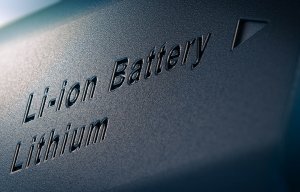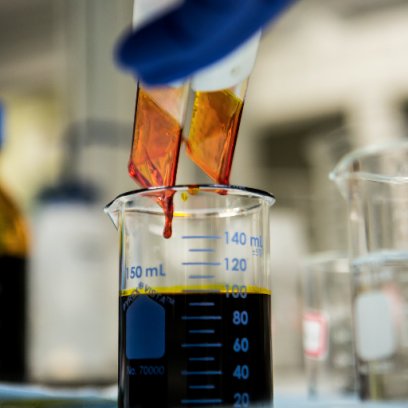
Neenah joins Soteria BIG
The two technologies pair without disrupting the standard cell manufacturing process.

31st August 2021
Innovation in Textiles
|
Greenville, SC, USA
Soteria Battery Innovation Group, headquartered in Greenville, South Carolina, has acquired intellectual property from Elegus Technologies to improve the battery cycle life and safety of electric vehicles.
Soteria’s Dreamweaver nonwoven battery separators use aramid fibres for increased thermal and chemical stability, preventing the separator from melting or shrinking in the presence of a defect or damage.
With the growing adoption of electric powertrains in both vehicles and aircraft comes a desire for longer cycle life from the expensive battery pack.
Lithium-ion cells generate both moisture and hydrofluoric acid as they age, which degrade the cells over time.
Elegus Technologies, formed as a spinout of the University of Michigan, has developed technology utilising nano-aramid fibres that enables the separator to immobilise these harmful elements in the cell, reducing the rate of degradation and extending the life of the cell. This is extremely important for applications such as automotive, aviation and stationary energy storage.
The two technologies pair without disrupting the standard cell manufacturing process. This means that the technology will be able to be implemented on today’s gigafactory lines, allowing it to be broadly adopted without an investment in additional equipment or manufacturing lines.
“Commercialising innovative technologies is one of the hardest things a startup in the lithium-ion battery industry can do,” said John Hennessy, Elegus Technologies CEO and co-founder. “Soteria’s approach of enabling broad access through a global licensing and consortium platform makes it an ideal partner to take our technology to the market. We saw a clear synergy between our materials and the aramid-based separator.”
“Capturing the chemicals that are a root cause of battery degradation will allow battery builders to bring higher energy density cells, that would otherwise degrade quickly, to the lithium-ion market,” added Brian Morin, Soteria CEO. “The Elegus technology will couple with Soteria’s separator to make a smart, active separator, rather than the passive separator materials used today.”
Soteria’s open-innovation consortium and licensing structure creates a hub for new technologies to become broadly available to the battery industry. With the natural synergy of the Elegus technology with the Dreamweaver separator, the push towards higher energy density batteries can be realised without compromising longevity or safety.

Business intelligence for the fibre, textiles and apparel industries: technologies, innovations, markets, investments, trade policy, sourcing, strategy...
Find out more